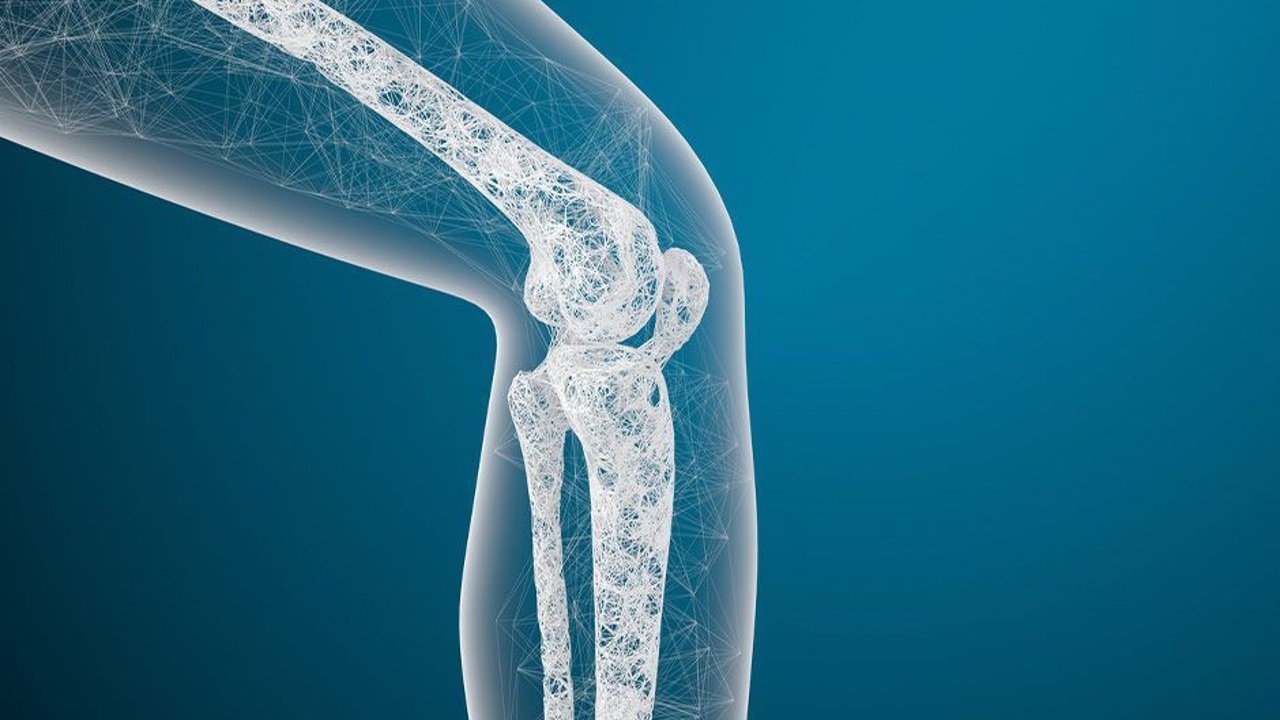The osteoporosis It is a metabolic bone disease that involves decreased bone strength and increased risk of fracture. Currently, it is considered a very important health problem worldwide. It is called “silent” because it does not cause noticeable symptoms until its main complication occurs: the development of fragility fractures. “Currently, 782 fragility fractures occur per day in the Spanish population; however, only 36% of these individuals receive treatment for osteoporosis“, according to the Dr. Laia Gifrefrom the Rheumatology Service of the German Trias i Pujol Hospital, in the context of the World Osteoporosis Daywhich will be celebrated next October 20.
This pathology is very prevalent, being somewhat higher in women and “still very underdiagnosed and undertreated in both genders”he explains. In fact, according to the latest study by the Spanish Society of Rheumatology on the epidemiology of osteoporosis in the Spanish population carried out on 1,522 subjects -OsteoSER project-, 54.4% of those over 50 years of age had osteopenia (decrease in bone mineral density (BMD)) and 10.7% had osteoporosis. Analyzing these data by gender, it is confirmed that osteoporosis is much more common among women (18.6%) than among men (2.6%).
In the opinion of the Dr. Carmen Gómez Vaqueroprincipal investigator of the OsteoSER study and member of the Rheumatology Service of the Hospital Universitari de Bellvitge, “these results are very useful for calculating the resources that should be dedicated to the prevention of fragility fractures in the National Health System. Specifically, in the population with the highest risk of fracture, women aged 65 years or older, 24.9% have osteoporosis. According to data updated as of January 1, 2023 from the National Institute of Statistics, the absolute number would amount to 1,300,021 Spanish women at high risk of fracture.” In addition, – he points out – we now also have data on people under 50 years of age: 96.7% had a BMD within that expected for their age. In this younger population, a greater proportion of men, 5.4%, had a lower than expected BMD, compared to 1.2% of women.
Increasingly younger
In line with this question, the Dr. Enrique Casadofrom the Parc Taulí University Hospital, assures that “It seems that the number of young men and women, even under 50 years old, diagnosed with osteoporosis is increasing. This is because there is increasingly more awareness among the general population about this disease and, furthermore, today, a portion of young people have unhealthy habits for their bones: they are more sedentary, have less sun exposure, consume less milk and less dairy in general, and a growing number of young people are vegetarian or vegan. With these diets you have to be strict and check that you are reaching the recommended amounts of calcium (1 gram per day) to achieve a good ‘peak’ of bone mass or not lose it.”
Likewise, adds the specialist, “among young people who play sports, there are increasingly more elite athletes or those who practice a very intensive sport, which in the case of women can lead to a anorexia and amenorrheaa situation of hypoestrogenism that entails loss of bone mineral density. It also seems that, due to greater pollution, manipulated foods, infections, stress, etc., the incidence of autoimmune diseases is increasing, which, both due to the disease itself and due to some of the treatments, such as corticosteroids, are associated with a higher frequency. of osteoporosis and fractures.
“Crazy about my bones” campaign
With the aim of increasing knowledge about this pathology, the SER, through the Spanish Foundation of Rheumatology, has launched the campaign “Crazy about my bones” to emphasize the importance of acquiring healthy habits to prevent osteoporosis such as practicing physical exercise, having a Mediterranean diet that includes adequate consumption of calcium and vitamin D, avoiding smoking and excessive alcohol consumption, among other factors.
Regarding physical exercise, experts advocate doing aerobic impact and strengthening (resistance) exercise to maintain good muscle and bone health. “Thus, the most recommended type of exercise is walking, running or another type of aerobic exercise. Jumping is not advisable in patients who have suffered vertebral fractures and should be replaced by walking, with the aim of reducing excessive impact on the spine. Physical exercise programs generally include 20 to 30 minutes of aerobic and strengthening-resistance exercise practiced regularly, 2-3 days a week, always adapted to the characteristics of each person,” explains the Dr. Raquel Almodóvarrheumatologist at the Alcorcón Foundation University Hospital.
Finally, experts remember that the prevalence of osteoporosis increases with age and, therefore, a increase in the coming years, partly due to the greater aging of the population.
